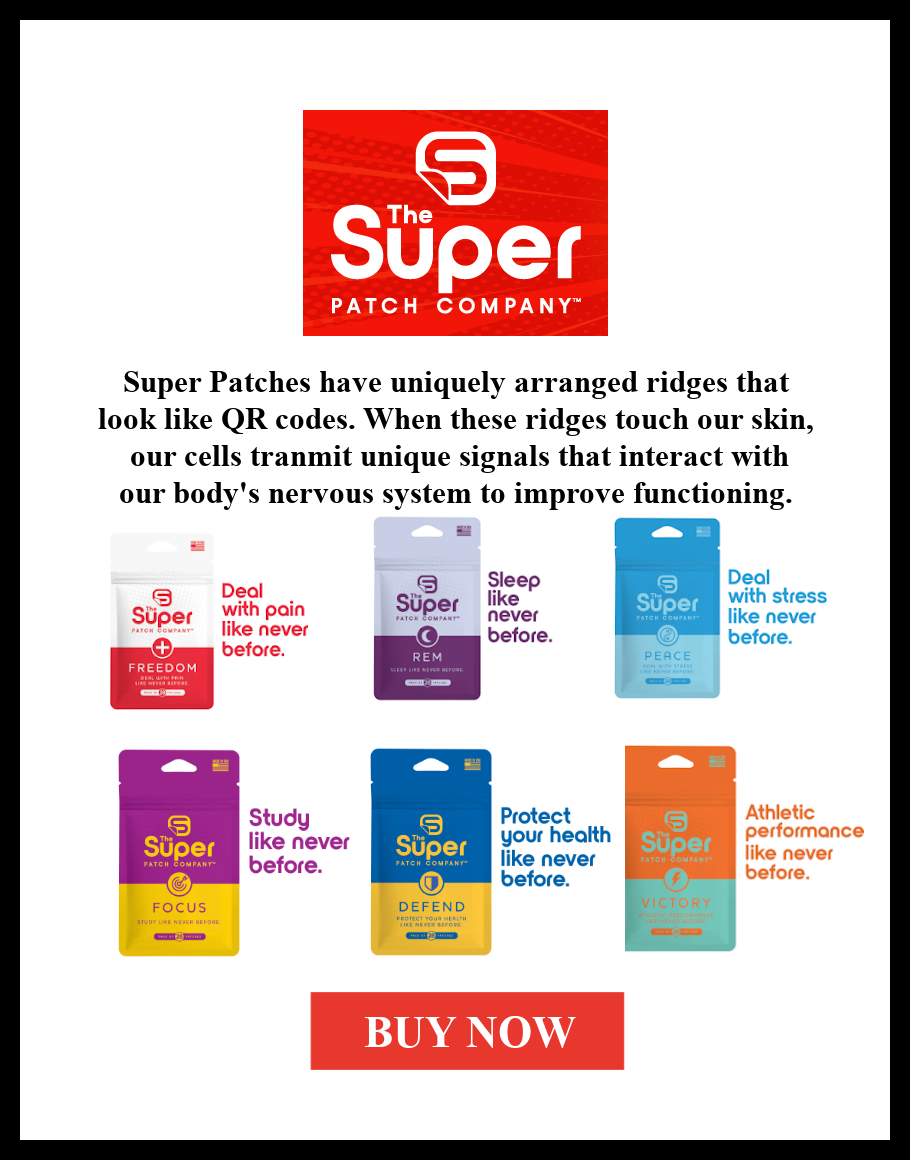
Energy Healing is a form of healing that manipulates, restores or balances the flow of energy in the body. The energy is channeled through the practitioner to the client, helping remove energy deficiencies and blockages, which then activates the body's own natural ability to heal itself. Energy healing is greeted with more skepticism than any other branch of alternative medicine by the conventional medical community.
The extent of bias against energy healing is shown by the very different treatment of two researchers who reached very different conclusions about the effectiveness of one type of energy healing, Therapeutic Touch.
Therapeutic Touch (TT) was developed in the early 1970s by registered nurse Dolores Krieger. Krieger has personally trained tens of thousands of practitioners, primarily nurses, and her trainees have since trained many others. Krieger is currently a professor emerita in nursing science at New York University.[1]
The Case of Dr. Gloria Gronowicz
Dr. Gloria Gronowicz, a researcher and professor in the department of surgery at the University of Connecticut, never expected to get involved in the Therapeutic Touch (TT) debate. After receiving her doctorate in cell biology from Columbia University, she has spent more than 20 years studying the biology of bone cells. She is a respected researcher who has published more than 80 papers in her field.
Several years ago, Gronowicz was approached by a colleague and asked to conduct a study on the effect of TT on bone cells. Although she had no previous interest or experience with TT, she says, “I characterize myself as open-minded, and I love new ideas. I always hear people out, and I had a lot of respect for her [the colleague].” She described all of her work up until that time as “mainstream.”
Gronowicz applied to the NIH for a grant to fund an experiment designed to determine if TT could have any effect on bone cell cultures. She received a grant on her second attempt.
Dr. Gronowicz placed three groups of bone cell cultures in petri dishes and kept them in incubators. Twice a week for three years trained TT practitioners arrived at the lab and removed one dish of cells from the incubator and held their hands above it for 10 minutes. (TT practitioners do not actually touch their patients; they hold their hands several inches from their bodies.) The practitioners themselves admitted that it was very strange for them to work this way, but they did their best to treat the petri dish as if it were an actual patient.
Students with no background in TT arrived at the lab at the same frequency and held their hands over a second dish of cell cultures. A third dish of cultures was simply ignored. The studies were conducted on healthy bone cells and bone-cancer cells.
The scientists who analyzed the cells under a microscope had no idea which group of cells received which sort of treatment. Much to the shock of Gronowicz, they discovered that the healthy cells treated by trained TT practitioners grew faster and stronger than those in the other two groups. “Therapeutic touch stimulated growth in bone, tendon, and skin cells at statistically significant rates,” said Gronowicz. She also noted that the cells absorbed more calcium, a necessary mineral for maintaining strong bones.
Meanwhile, when the bone-cancer cells were studied, it was discovered that TT had no effect on their growth. This was also considered good news for the field of TT because stimulating the growth of cancer cells would harm patients.
Once Gronowicz’s study was complete, she began submitting her final research paper to medical journals for publication. With her scientific background, credibility, and publication experience, getting one of her studies published in a respected journal had never been a problem for her. Her work was rejected without adequate explanation by several journals. After she submitted her work to the Journal of Orthopaedic Research, the editors sent her a long list of questions related to the study. After she provided them with six or seven pages of detailed responses to their questions, she received a letter saying that her paper had been rejected. It wasn’t until she called the editor and persuaded him to reconsider his decision that her work was finally published in 2008.[2]
She says that the day that her study was featured on the front page of the Hartford Courant (July 28, 2008), “The people that I worked with in the bone group [at the university] for twenty years did not say a word about it. It was shocking to me that no one acknowledged it. It is very hard for me to understand. I think that this [her TT research] is fundamentally against some people’s views. It is like saying that the world is flat.”
The Case of Emily Rosa
Ten years before Gronowicz struggled to get study results published, a different type of TT study made headlines. This study was not done by a well-respected scientist—it was done by a fourth grader as a science project. At the age of nine, Emily Rosa conducted a study to see if therapeutic touch practitioners could detect a human energy field. She recruited 21 practitioners and asked them to sit behind a screen so that they could not see her. She then asked them to stick their hands through an opening in the screen. She held one of her hands over one of their hands—she determined which hand by flipping a coin—and they were to tell her which one of their hands detected Emily’s energy force. The results of the study showed that the practitioners were correct only 44% of the time.
With help from her mother, Rosa wrote a report on her study. According to an article in TIME magazine, “Her mother Linda Rosa, a registered nurse, has been campaigning against TT for nearly a decade, and her stepfather Larry Sarner is chairman of the National Therapeutic Touch Study Group, an anti-TT organization.”[3]
Rosa’s study concluded: “Twenty-one experienced TT practitioners were unable to detect the investigator’s energy field. Their failure to substantiate TT’s most fundamental claim is unrefuted evidence that the claims of TT are groundless and that further professional use is unjustified.”
Her study was published in 1998 in the Journal of the American Medical Association (JAMA),[4] and she was featured on ABC News, Fox News, and NPR. Many newspapers also reported on her study, including the New York Times.[5]
The Rosa study was much criticized by JAMA readers because they thought the research methods were inappropriate.[6]
In addition, all of the study authors were strongly biased against therapeutic touch, including coauthor Stephen Barrett, MD. A retired psychiatrist, Barrett runs several websites criticizing alternative medicine, the best known of which is Quackwatch.com. Barrett defines quackery as “anything involving over-promotion in the field of health,” but he does not criticize conventional medicine because it’s “way outside his scope.”[7]
Several years after the publication of Rosa’s study, an article criticizing the statistical analysis in the study was published by a nurse–statistician. Besides pointing out statistical fallacies in the original analysis, she noted that none of the authors had any credentials in statistical analysis.[8] Of course, the general public did not see any of the criticisms of the study and was left with the impression that therapeutic touch is a fraud.
Other Research Results
Just a year after Rosa’s study was published, a 1999 meta-analysis of 13 controlled studies of therapeutic touch for various conditions showed moderate positive effects.[9]
A 2008 Cochrane review of touch therapies for pain relief in adults included 24 randomized controlled trials and controlled clinical trials that included 1,153 participants. The review evaluated the effects of touch therapies on any type of pain. Modalities included were healing touch, therapeutic touch, and Reiki. They found on average a modest reduction of pain. More experienced practitioners and Reiki practitioners achieved the best results.[10]
A 2014 study reviewed randomized controlled trials of nontouch biofield therapies—therapeutic touch, healing touch, external qigong, and Reiki—in which the practitioner works with the patient’s energy field without actually touching the patient. Many of the studies reviewed included only one treatment session, for as little as five minutes The authors concluded that there were enough significant positive findings from the available research to justify funding of larger studies that could yield more definitive data.[11]
According to a 2005 survey by the American Hospital Association, 30% of hospitals were offering therapeutic touch to patients at that time.[12] Despite that fact that mainstream medicine practitioners still consider energy healing approaches unproven, patients want these types of treatments and they believe they benefit from them. The availability of these types of services in hospitals has most likely expanded since the 2005 survey.
[1]http://en.wikipedia.org/wiki/Therapeutic_touch accessed on 4/5/15.
[2] Jhaveri A, Walsh SJ, Wang Y, McCarthy M, Gronowisz G. (2008). Therapeutic touch affects DNA synthesis and mineralization of human osteoblasts in culture. Journal of Orthopedic Research.(11), 1541-6.
[3] Emily’s Little Experiment, (1998, April 13). TIME.
[4] A Closer Look at Therapeutic Touch, Rosa, Linda, Rosa, Emily et. al, (1998). Journal of the American Medical Association, 279(13).
[5] Kolata, G. (1998, April 3). A child’s paper poses a medical challenge. New York Times.
[6] Cox, T. (2003). A nurse-statistician reanalyzes data from the Rosa therapeutic touch study. Alternative Therapies, 9(1), 58-64.
[7] http://en.wikipedia.org/wiki/Stephen_Barrett
[8] Cox. (2003). A nurse statistician reanalyzes . . .
[9] Winstead-Fry, P & Kijek J. (1999). An integrative review and meta-analysis of therapeutic touch research. Alternative Therapies in Health and Medicine, (6):58-67.
[10] So, PS, Jiang, Y, Qin, Y. (2008). Touch therapies for pain relief in adults. Cochrane Database of Systemic Reviews, 8 (4).
[11] Hammerschlag, R., Marx, B., & Aickin, M. Nontouch Biofield. (2014) Therapy: A Systematic Review of Human Randomized Controlled Trials Reporting Use of Only Nonphysical Contact Treatment. The Journal of Alternative and Complementary Medicine, 20(12), 881-892,
[12] Ananth, S. (2006). “Health Forum 2005 Complementary and Alternative Medicine Survey of Hospitals.” News release, American Hospital Association.











Comments